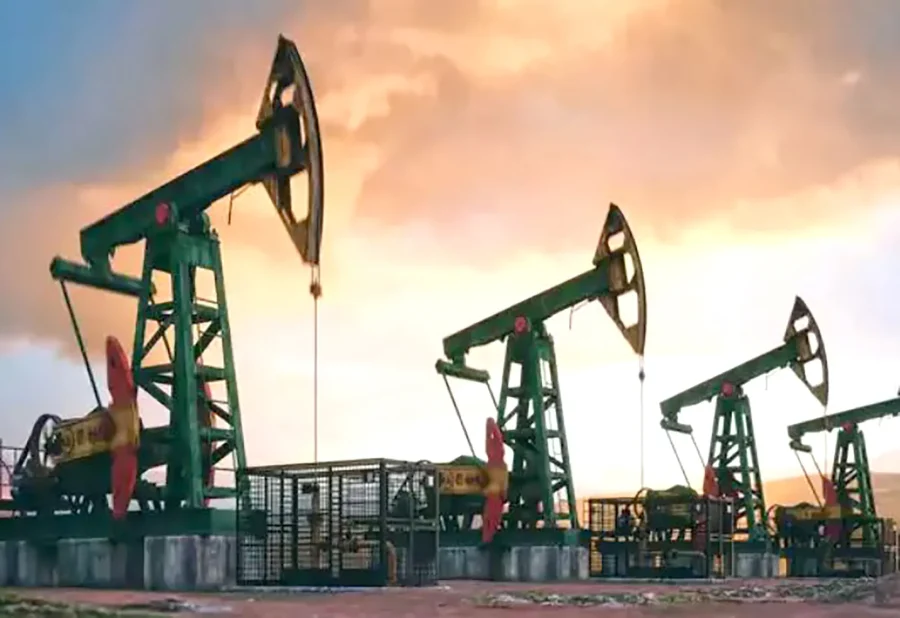India is expected to be the largest driver of global oil demand growth between 2023 and 2030, narrowly taking the lead from top importer China, the International Energy Agency (IEA) said on Wednesday.
The world’s third-largest oil importer and consumer is on track to post an oil demand increase of almost 1.2 million barrels per day (bpd) between 2023 and 2030, accounting for more than one-third of the projected 3.2 million bpd of global increases in the period, the IEA said in a report released at the India Energy Week in Goa.
The agency forecast India’s demand would reach 6.6 million bpd in 2030, up from 5.5 million bpd in 2023.
“India will become the largest source of global oil demand growth between now and 2030, while growth in developed economies and China initially slows and then subsequently goes into reverse in our outlook,” it added.
The single largest basis of India’s oil consumption will be diesel fuel, accounting for almost half of the rise in the nation’s demand and more than one-sixth of total global oil demand growth through to 2030, the IEA said.
Jet fuel is poised to grow 5.9% annually on average but this will be from a low base compared with other countries, it added.
“In the case of India, compared with China or other parts of the world, the Indian economy still continues to need more transport fuels so we expect India will continue to grow in transportation fuels. So that’s something different from countries like China,” Keisuke Sadamori, the IEA’s director of energy markets and security, said on the sidelines of the conference.
Still, the electrification of India’s vehicle fleet will lead to a more muted 0.7% annual growth average through 2030 for gasoline, the IEA said. New electric vehicles and energy efficiency improvements in India will avoid 480,000 bpd of extra oil demand from now to 2030, it added.
To meet this demand, India is expected to add 1 million bpd of new refining capacity over the seven-year period and this will increase its crude imports further to 5.8 million bpd by 2030, the IEA said.
“India is moving to the right path in terms of adding large additional refining capacities,” Prasad Panicker, chairman of Indian refiner Nayara Energy said at the conference.
He added that Indian gasoline demand will not peak for “at least the next 20-25 years.”—Reuters










